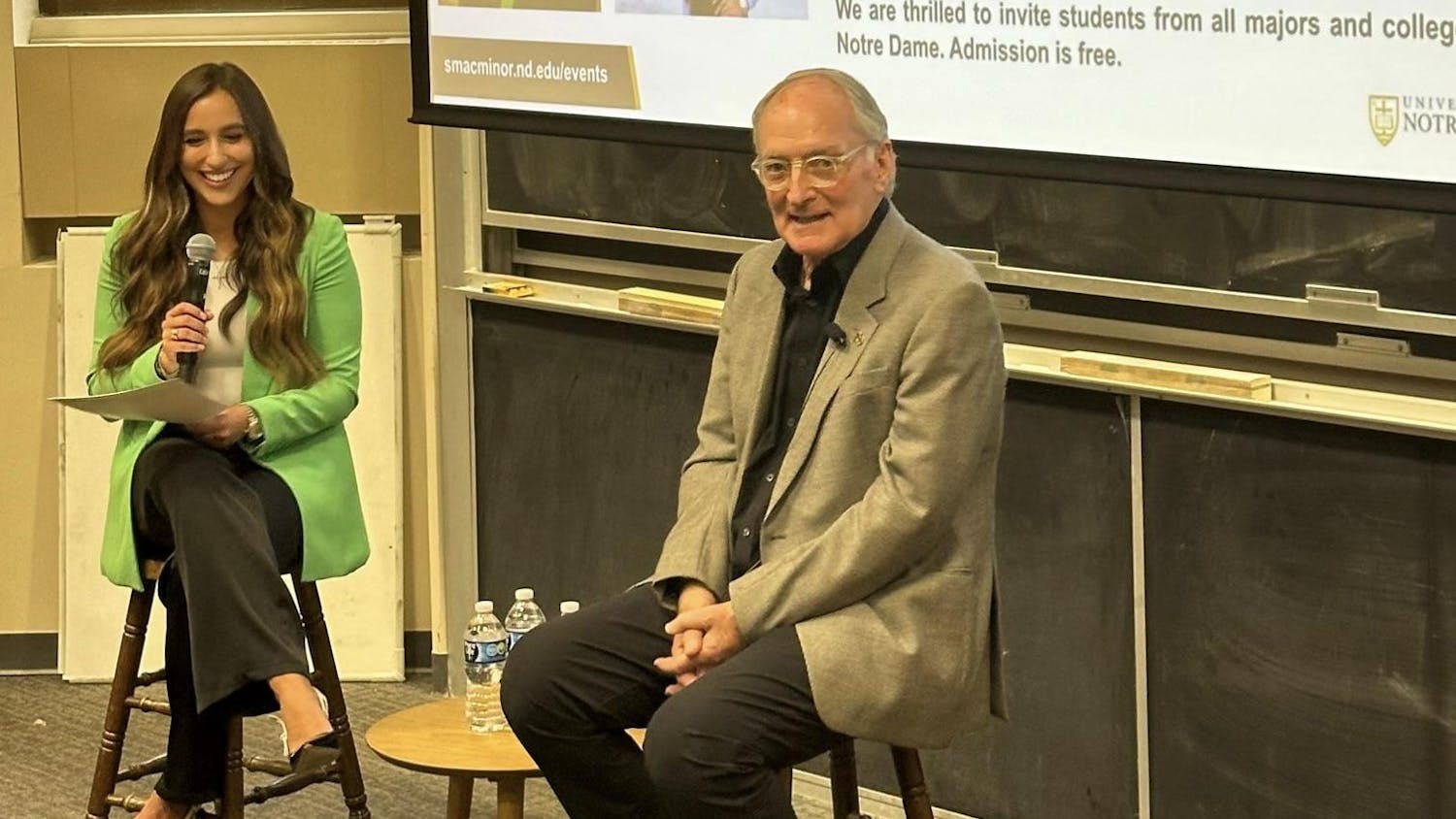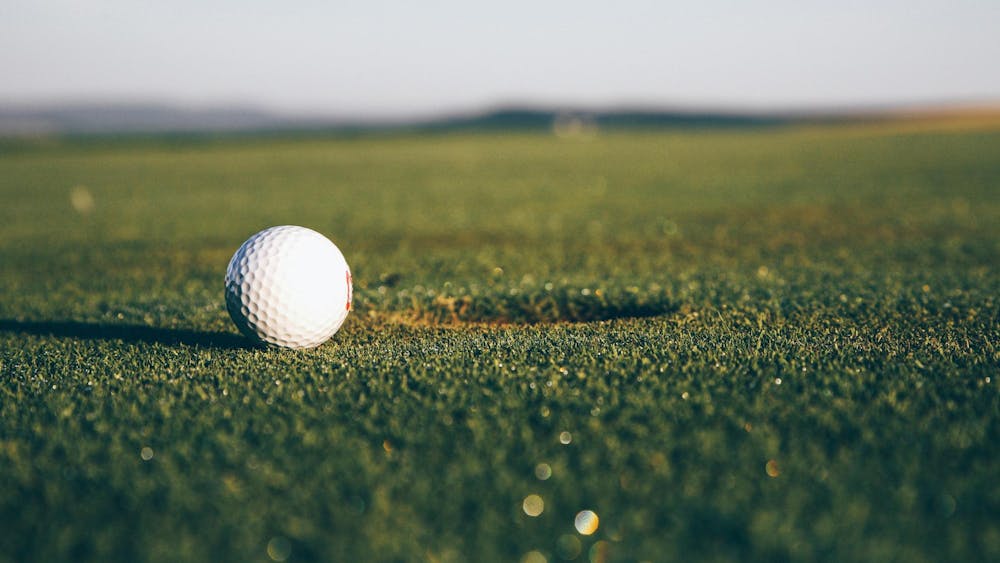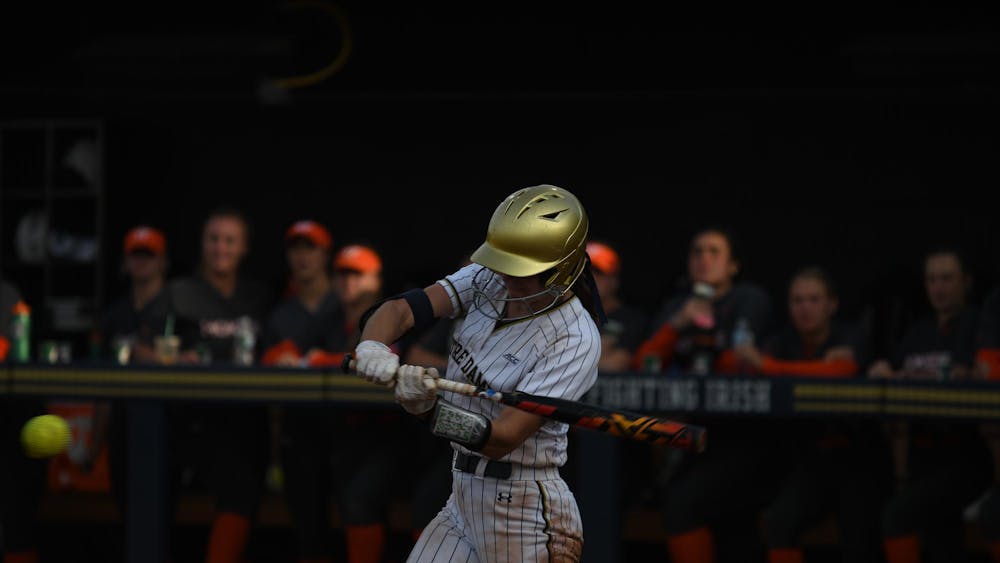The arguably unrivaled Notre Dame tailgating experience is a tale as old as our beloved Stadium itself: zealous students and deep-pocketed fans flood the tailgating lots for an episode of not-so-aimless wandering through the troves of free appetizers, meals and alcohol. Half-forgotten drunk conversations with parents of friends’ half-cousins intersperse in the steady pace of Irish tailgating at its finest. As kickoff grows near, impatience for Irish football and for an acceptable level of drunkenness come game time, only grows. Two more shots to keep us buzzed throughout the game. One more popped cork to make the endless quarterback carousel of the 2021 season bearable. One more heavy sip before we reach the Frank Leahy Gate.
Especially during the emergence from pandemic restrictions that largely rendered college football tailgating impossible last year, fans in this cultural phenomenon have found themselves engaging in down-to-the-wire binge drinking. In an attempt to preserve their insobriety throughout the game, fans exceed their normal pace just minutes before their departure from the nearly surreal whirlwind of Notre Dame’s historic pregame playground.
I don’t find anything wrong with this behavior. Notre Dame’s refusal to sell alcohol in any of its general seating areas translates into eager fans getting creative. Plain and simple.
But within this reality lies a substantial missed opportunity for Notre Dame Stadium and, I would argue, Notre Dame Athletics as a whole. Post-pandemic effort to expand revenue in college stadiums has brought a massive wave of new universities selling alcohol in their concession stands. This influx is far from a gimmick or fad for small-market organizations to improve on otherwise thin sales margins; the embrace of controlled in-stadium alcohol sales has reached numerous Power Five programs with massive fanbases — spanning public universities like UCLA, Ohio State and Texas as well as private religious institutions like TCU and the dreaded Boston College.
From a revenue perspective, alcohol sales in large college football stadiums have been proven to boost concessions revenue by as much as 50 percent. While Notre Dame surely reaps the rewards of Stadium Lot parking pass revenue, the propensity for fans, facing insufficient supply, to guzzle copious amounts of hard alcohol immediately before entering Notre Dame Stadium points to the magnitude of local demand.
At the surface level, the incremental revenue from concessions feels fairly negligible for Notre Dame, a football-first University that swims in the pool of alumni-endowed and corporate partnership-enabled cash on an annual basis. But given the dependency on Notre Dame Stadium revenue for the yearly operations of smaller Irish programs like baseball, track and field, swimming and fencing such small gains would directly boost the budgeting power of these programs that send athletes to the Olympics. Recruiting, transportation, housing and food expenses across non-revenue programs expand and contract in tandem with the revenue of Notre Dame football, shifts that bear strong implications on the long-term success and health of Irish teams.
Maybe the moral implications of in-stadium alcohol sales prohibit its acceptance at the university level. In an era of increasing concerns over the effects of binge drinking on American students, surely Notre Dame ought not to cultivate its pockets at the expense of the heart, right?
If alcohol sales at Legends and Rohr’s did not exist and prohibitions against game-day binge drinking were even remotely enforced at Notre Dame, that argument could hold some weight. Neither Notre Dame Athletics nor the University at large holds little, if any, control over the amount of hard liquor a fan drinks before scanning their ticket. But it can regulate sales and legal administration of alcohol through its concession stands. Considering the astronomically high prices charged on non-alcoholic concessions throughout the stadium, most fans would shell out the cash for only a couple of beers across a three-hour span. All of these concerns assume that pourers would have the wits to serve in moderation, a principle that simply does not exist in the short spans of binge drinking before kickoff.
Call it beer for thought.













